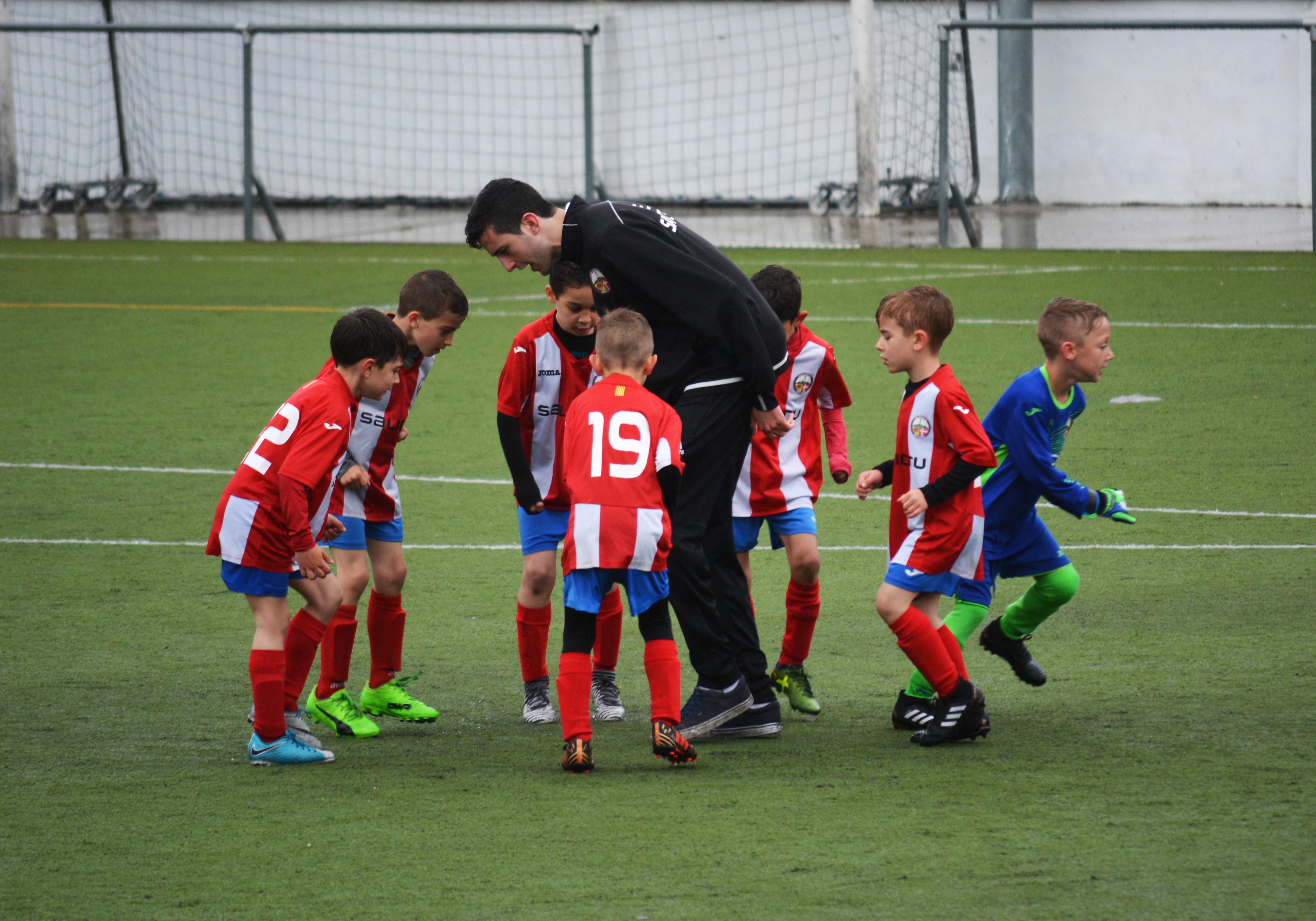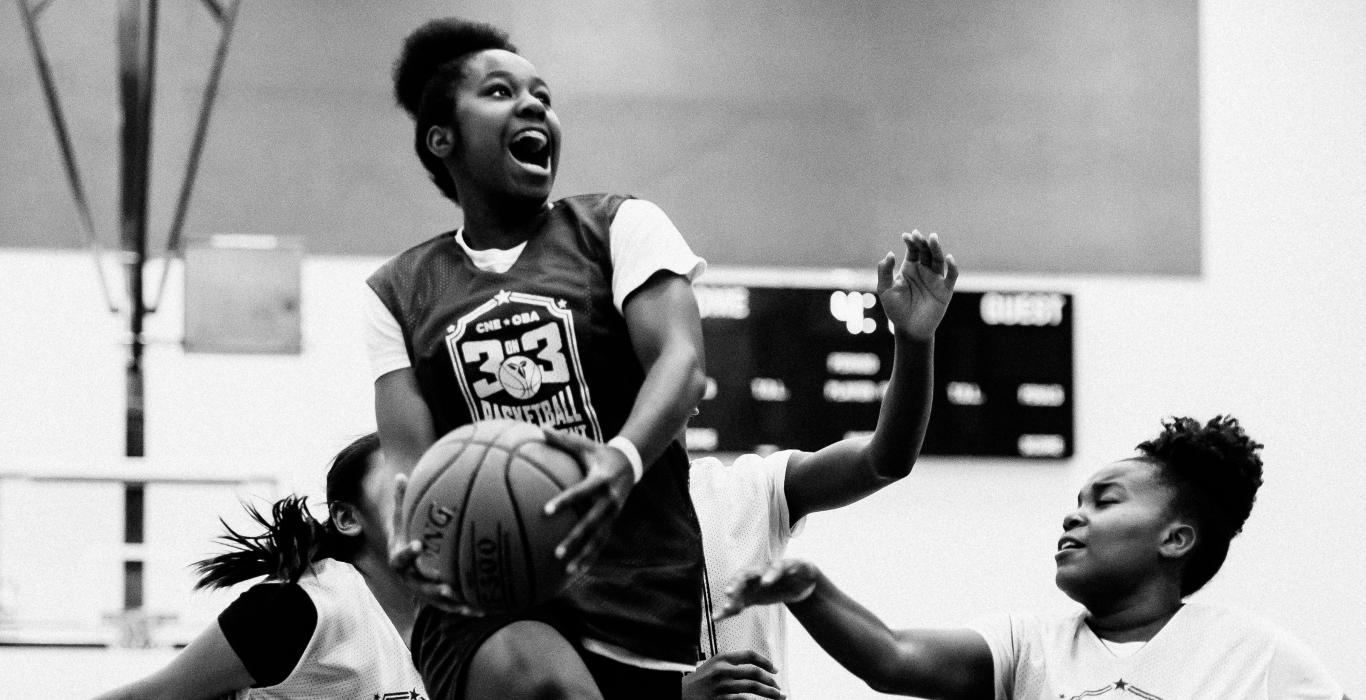Your charity or nonprofit’s post-program evaluations and surveys might benefit from using gamification to engage your respondents.
What is gamification?
“Gamification” applies common elements of game playing like points, rewards, and competition to other areas of activity, typically as a technique to encourage engagement with a product or service. Real life examples can be seen every day from rewards cards at a favorite coffee shop to selecting a credit card based on what kind of points it earns or interacting with a wearable activity tracker.
To put it simply, gamification is exciting because it promises to make something mundane a little more fun, and the often-ignored task a little more likely to be accomplished.
This is especially true in the context of survey completion.
Gamifying your surveys
From recruiting research subjects to asking participants to complete post-program evaluations, survey response rates are notoriously low. Survey Gizmo, Survey Monkey and other leading providers have routinely published response rates as low as 10% for organizations using their platforms. It is standard practice for grant proposals involving surveys to include a budget line for research recruitment and/or survey completion incentives.
Yet even when incentives - often of considerable monetary value - are offered to improve the rate of response, this does not always translate into an improved rate of response.
Why gamification in nonprofit evaluation is important
This is a particular challenge for charitable or social purpose organizations who are increasingly held accountable by funders to measure and report on outcomes and impact, and whose program evaluations are often associated with the administration of pre- and post-program surveys related to an outcome or objective the program or initiative is intended to improve or accomplish. Low response rates, participants only completing the pre- or post-program survey (not both), or respondents not answering each (read: the same) questions at both pre- and post-program can present challenges for quality data and meaningful interpretation of findings for learning and reporting.
The opportunities with gamification
What if the principles of gamification described above could be applied to help address common measurement challenges of survey and data collection in a not for profit setting?
With a clear and inherent connection to the spirit of points, competition, and reward, social programs associated with sports provide an ideal testing ground for a new way to think about how individual participants engage in program evaluation. Sport For Development theory is rooted in the intentional use of sport and physical activity to build healthy communities and help people reach their full potential. Basketball or ball hockey programs for youth, as an example, provide settings for active play and coaching to help develop social competencies which if realized, may offer individual and societal benefits both within and beyond sport.

Young soccer team with their coach
Imagine what gamification could do for your evaluation
What would a gamified version of Sport For Development entail?
Now imagine other programs looking to register participants, have them attend enough to benefit optimally, measure whether the overall goals of the program were met, and report impact to funders and stakeholders.
Imagine if the response rates to their pre- and post-program outcome evaluation surveys were consistently higher than 80%, with child, youth and adult participants engaging eagerly.
Imagine if two-thirds of respondents completed surveys independently, requiring minimal staffing resources and less time away from the program.
Imagine if the data sets produced provided complete matching records without respondents skipping questions.
In 2017 these were the kinds of “what if’s” being imagined at MLSE LaunchPad, a Sport For Development facility for youth facing barriers. By 2019 this was reality, where a member of the research and evaluation team can walk through the building on a busy evening and receive unsolicited requests from youth and families for more surveys to complete, or other fun ways to earn points.
It’s all about engagement
Ultimately, how the gamification of program evaluation evolved is a story of participant engagement in the data collection process, which includes but is not limited to program evaluation itself.
Participatory evaluation refers to the involvement of program stakeholders in the evaluation process. This involvement can occur at any stage from evaluation design to data collection, analysis and reporting. In Positive Youth Development, this often takes the form of inviting stakeholders to help with the design of an evaluation method or tool (participatory design), with the recruitment of other youth (participatory recruitment), or in the analysis and dissemination of results (participatory reporting). Meanwhile, there has been limited public record of not for profit organizations offering opportunities to engage and build excitement for youth to participate as a respondent.
How gamification of evaluation works
At MLSE LaunchPad, the nature of participatory involvement is more accurately conceptualized as the motivation to engage in the evaluation experience itself; where the entire experience of being a participant has been gamified through the intentional use of points, in ways that include but are not limited to completion of a survey or other evaluation activity. From registration to reporting, a values-based point system has been developed with youth engagement writ large at its core.
As experienced by participants, youth who sign up for programs receive access to an online home where they can see their points balance in real time, learn how to earn more, and access a visual dashboard including an interactive peer leaderboard. During programs participants earn bonuses for engaging positively including points for strong attendance, for sharing feedback and completing evaluation surveys, and for working hard in programs and demonstrating the key life skills being coached.
The benefits of evaluation gamification
The excitement, fun and competition - with self and others - experienced through the platform and points currency to date has contributed to a collective rising tide effect, where stronger overall engagement and improved response rates are realized together, and where involvement in the program evaluation process is not experienced by youth as an additional burden above and beyond what they are attending, but rather an important part of the overall program experience.
The result: Consistently high response rates and usable data to drive continuous learning and quality improvement, increased outcomes for youth, and better social returns on investment for the charitable sector – with a healthy side of fun.


